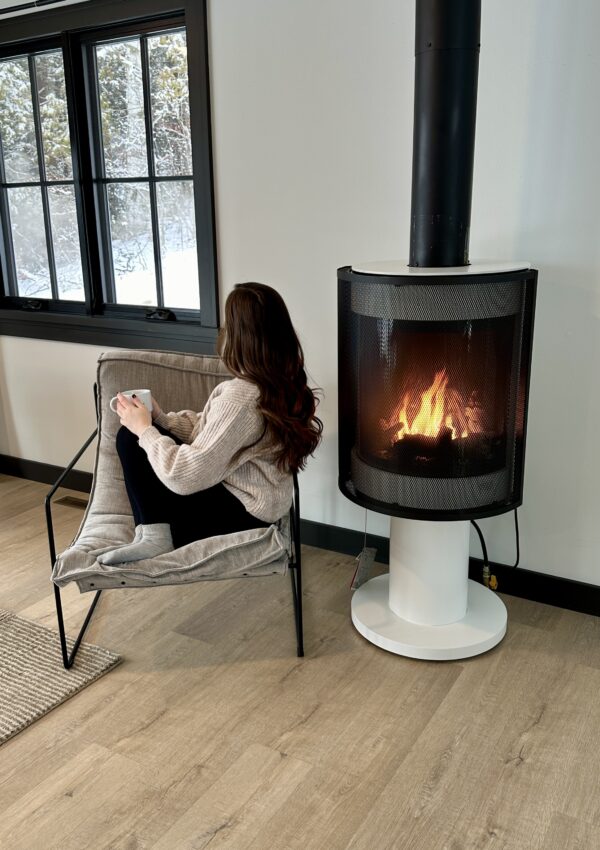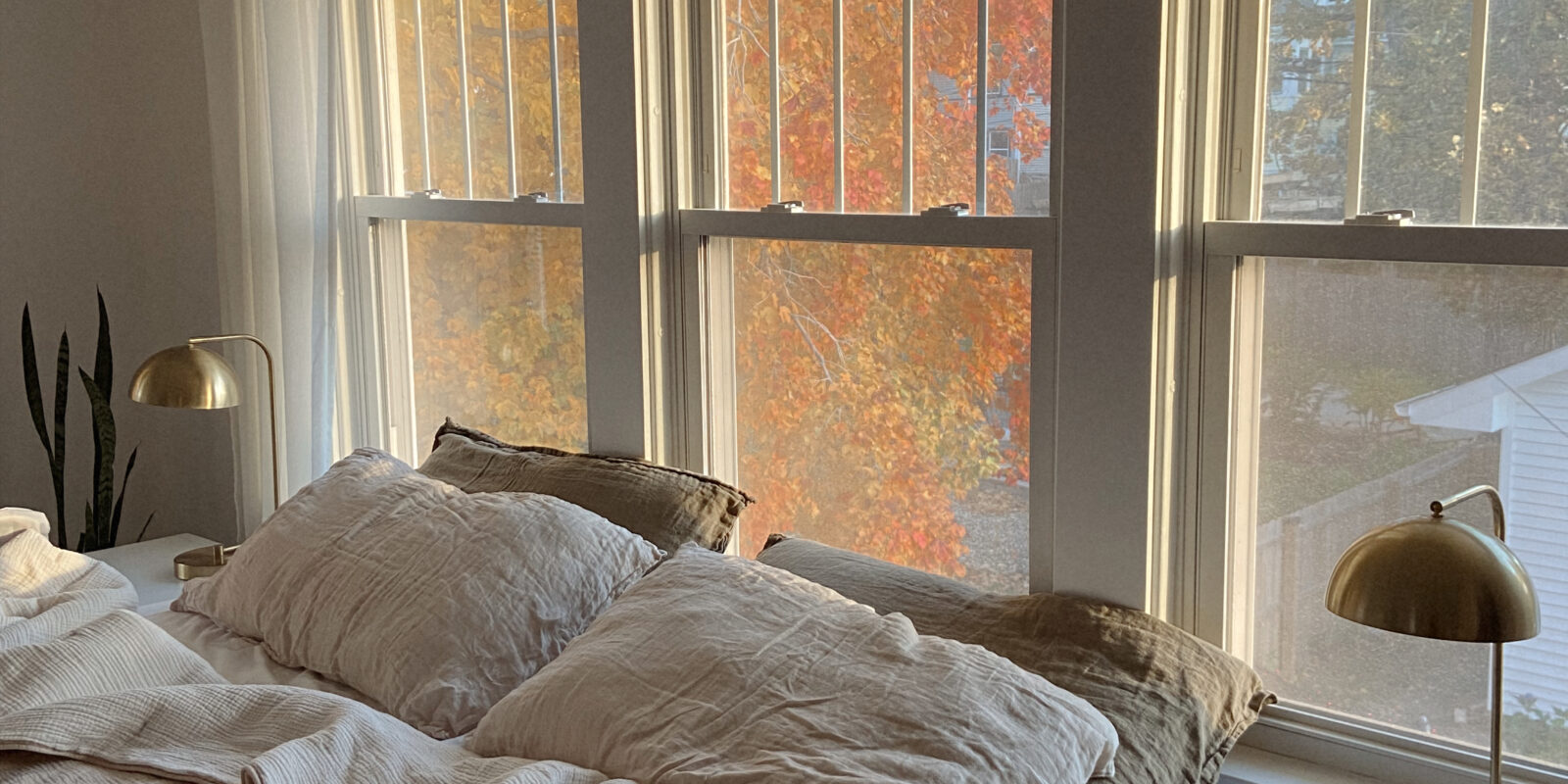 The 7 Types of Rest-
The 7 Types of Rest-
Do you ever wake up after a full night of sleep and still feel drained and exhausted? Have you ever taken a vacation only to come back even more fatigued than before? While we equate sleep with feeling fully rested and recharged, that’s only one piece of the puzzle. Rest has more than 1 component; it has 7, according to Dr. Saundra Dalton Smith, a board-certified internal medicine physician. She authored the book ‘’Sacred Rest: Recover Your Life, Renew Your Energy, Restore Your Sanity’’. In the book, she covers the 7 types of rest a person needs to feel refreshed in their day-to-day life. That’s why so many people may feel depleted even after having a good night’s sleep.
How to Achieve The 7 Types of Rest With A Busy Life-
Dr. Dalton Smith suggests that the best way to incorporate all 7 types of rest into your life isn’t by taking a long vacation or sabbatical but by intertwining these ideas into your daily life and routine. Below, we’ll go over each type of rest and how to take small yet effective steps to charge your batteries.
Physical Rest-
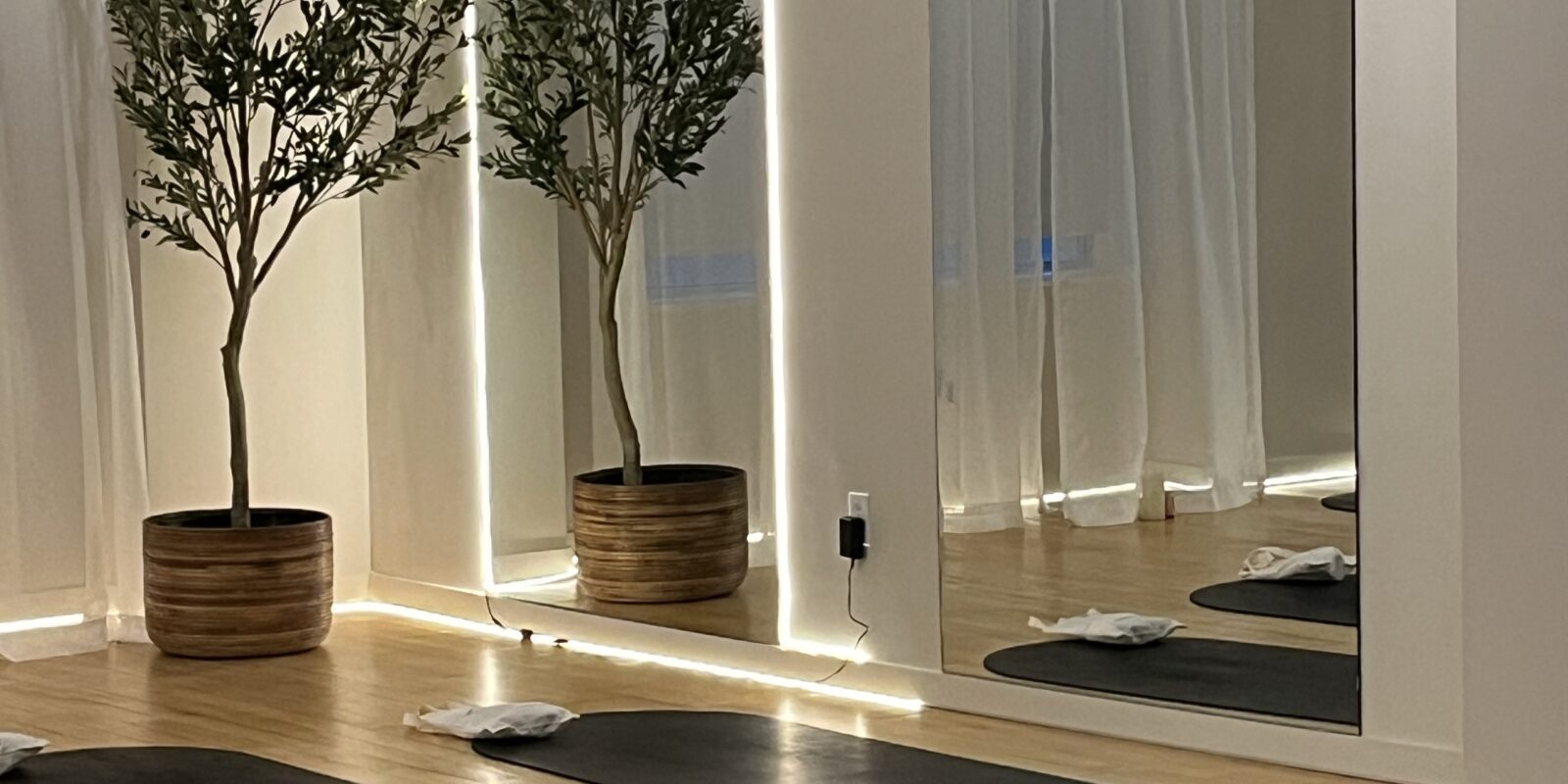 You might assume that sleeping and taking naps are the only ways to rest physically. Those forms are called passive rest, but there is also active rest, which includes stretching, yoga, or walking.
You might assume that sleeping and taking naps are the only ways to rest physically. Those forms are called passive rest, but there is also active rest, which includes stretching, yoga, or walking.
It’s interesting because sometimes you’ll feel more recharged and refreshed after going to a yoga class or taking a walk in nature than you would taking a nap. Every day is different, and some days you’ll need more passive rest while others you’ll need more active rest. Listen to your body, but aim to include both forms of rest as much as possible.
Forms of Physical Rest-
- Stretching
- Yoga
- Walking
- Sleeping
- Napping
Mental Rest-
 If you have a million tabs open in your mind throughout the day, you probably need some serious mental rest. If you have trouble falling asleep or concentrating throughout the day due to racing thoughts and rumination, you’ll need to find ways that work for you to quiet your mind.
If you have a million tabs open in your mind throughout the day, you probably need some serious mental rest. If you have trouble falling asleep or concentrating throughout the day due to racing thoughts and rumination, you’ll need to find ways that work for you to quiet your mind.
You probably know how exhausting having your mind running a mile a minute can be. Especially for those neurospicy ADHD folks, when the brain doesn’t stop, it’s hard to get anything productive and meaningful done. Some tips to combat an overthinking brain are to journal and do a brain dump. You can do this in the morning or at night to get all your random thoughts out onto paper.
Steer clear of social media for the first and last hour of your day to increase your mental space. Invest in an acupressure mat; lying down on it for 20 minutes or so can clear your head. Meditating regularly and doing breathwork can be super helpful to achieve mental rest. Finally, listening to binural beats or Hertz music can help quiet the noise and soften your thoughts, relaxing your brain.
Forms of Mental Rest-
- Journaling
- Social Media Breaks
- Breathwork
- Meditating
- Acupressure mat
Sensory Rest-
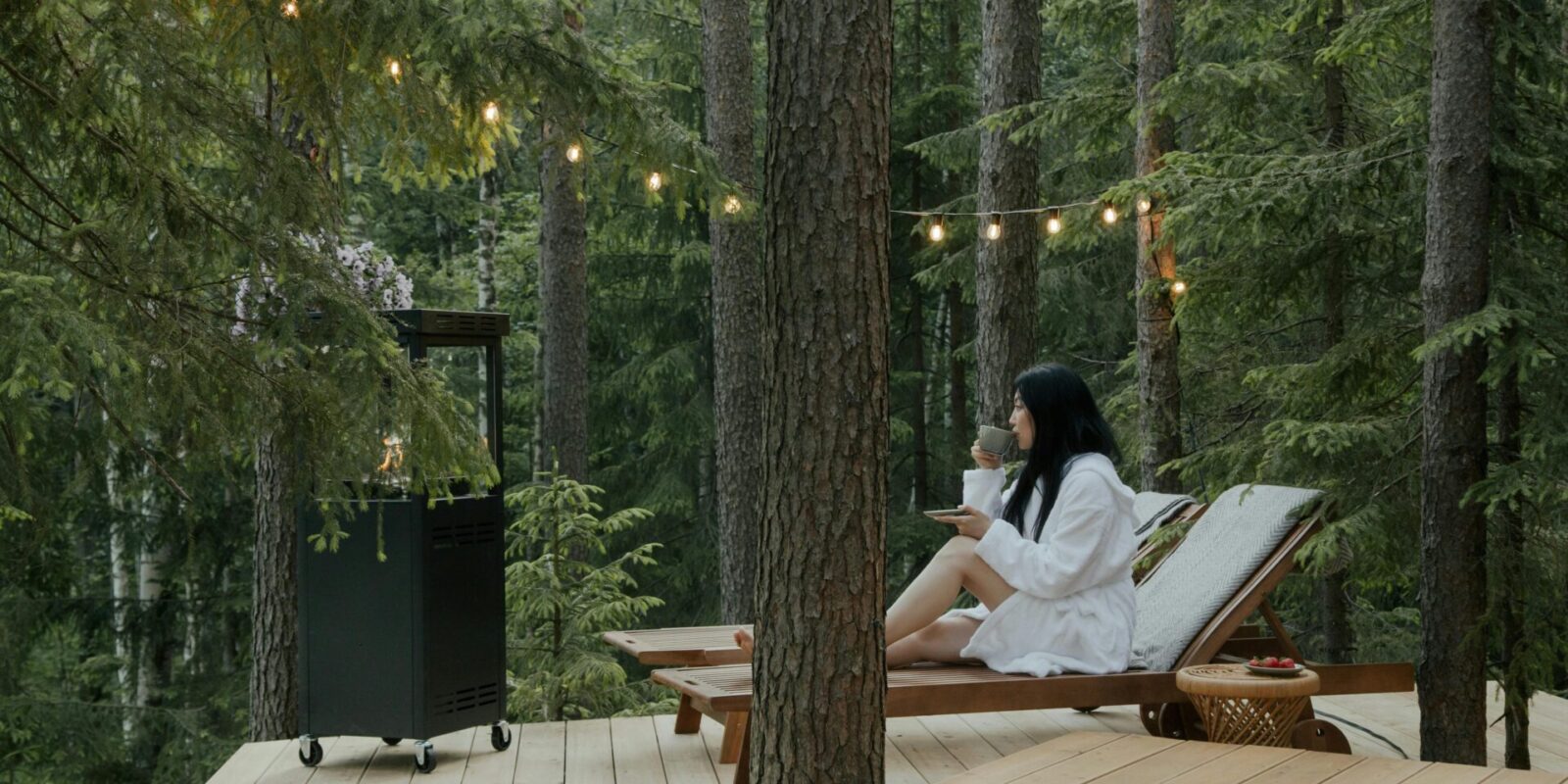 We now live in a world with constant stimulation. Whether it’s from your phone’s notifications, being stuck in traffic, bright lights at the office, your laptop screen, people’s conversations, and so on. All of this is exacerbated if you live in a large city with a dense population. While you can’t avoid all sensory stimulation, you can aim to control what elements you can.
We now live in a world with constant stimulation. Whether it’s from your phone’s notifications, being stuck in traffic, bright lights at the office, your laptop screen, people’s conversations, and so on. All of this is exacerbated if you live in a large city with a dense population. While you can’t avoid all sensory stimulation, you can aim to control what elements you can.
Wear blue light glasses to minimize the blue light from your screens, and turn off your phone’s notifications. Put your ringer on silent unless you’re waiting for an important call. Put your phone and apps on dark mode to reduce the bright light. Wear noise-cancelling headphones when you’re in the office and need quiet focus.
Use calming aromatherapy roll-ons or sprays to invoke calm and tranquility into your working space. Review all the sensory information you’re taking in on a day-to-day basis and see what changes you can make to decrease your total sensory input.
Forms of Sensory Rest-
- Blue light glasses
- Phone notifications off
- Put your phone on dark mode
- Noise-cancelling headphones
- Aromatherapy
Social Rest-
Even though humans are social creatures, you can probably feel when your social battery begins to die and you need some time alone to recharge. Depending on whether you’re more introverted or extroverted, some people might need more time alone than others. Social rest, however, doesn’t always need to include alone time. Restore your energy by surrounding yourself with people who fill your cup and with whom you can be your complete, authentic self.
When you’re around co-workers, or certain family members, you might feel like you need to put on a mask to keep face. Enjoying social rest can involve a combination of letting your guard down, being surrounded by people who love you unconditionally, and allowing yourself to be your authentic self. It can also include spending time alone to decompress and recharge your social energy.
Forms of Social Rest-
- Spend time alone
- Spend time with positive people
- Don’t overschedule yourself
Emotional Rest-
 The nature of life will force us to face many emotions. Maybe it’s through life circumstances, or maybe you have a job that emotionally takes a toll on you. Whatever the cause may be, you might feel like you have to keep it all together and be strong, whether that be at work or home.
The nature of life will force us to face many emotions. Maybe it’s through life circumstances, or maybe you have a job that emotionally takes a toll on you. Whatever the cause may be, you might feel like you have to keep it all together and be strong, whether that be at work or home.
If you have kids, you probably try to keep a lot of emotions in to not worry your children. If you work a job like nursing, social work, therapy, or other professions that deal with people, you might deal with a lot of emotions during your shift and need a healthy outlet. It’s important to process these emotions in your life and have somewhere to put them so they don’t bottle up and explode.
Having a trusted friend, partner, or family member to vent to can help you release any negative feelings. If you don’t have a trusted confidant, heading to a therapist’s office can help you process and release stored feelings and emotions. Writing in a journal and working through your thoughts is a healthy way to liberate what you’ve been holding in.
You can also use art, music, or poetry to help you sort through your emotions. Pick up a canvas, write a poem, or work on music to alchemize your internal struggles into something beautiful.
Forms of Passionate Rest-
- Therapy
- Talk with a loved one
- Journal
- Create art
Spiritual Rest-
Spiritual rest can look different to different people with varying belief systems. It might be going to a place of worship and surrounding yourself with like-minded individuals, or volunteering in your community. Spiritual rest entails finding a place where you belong and can contribute to the greater good.
Life after the pandemic has been tough; loneliness rates are higher than ever, we socially isolate, and the tribes and communities we once had are dwindling. This has led to much higher rates of depression and anxiety.
If you haven’t found your community yet, where can you look? What groups, whether religious, spiritual, or hobby based can you join to find your place in a community? Things like book clubs, fitness clubs, recreational sports teams, or dance classes are ideas for you to find your people and find spiritual rest.
Forms of Spiritual Rest-
- Place of worship
- Volunteering
- Join clubs
Creative Rest-
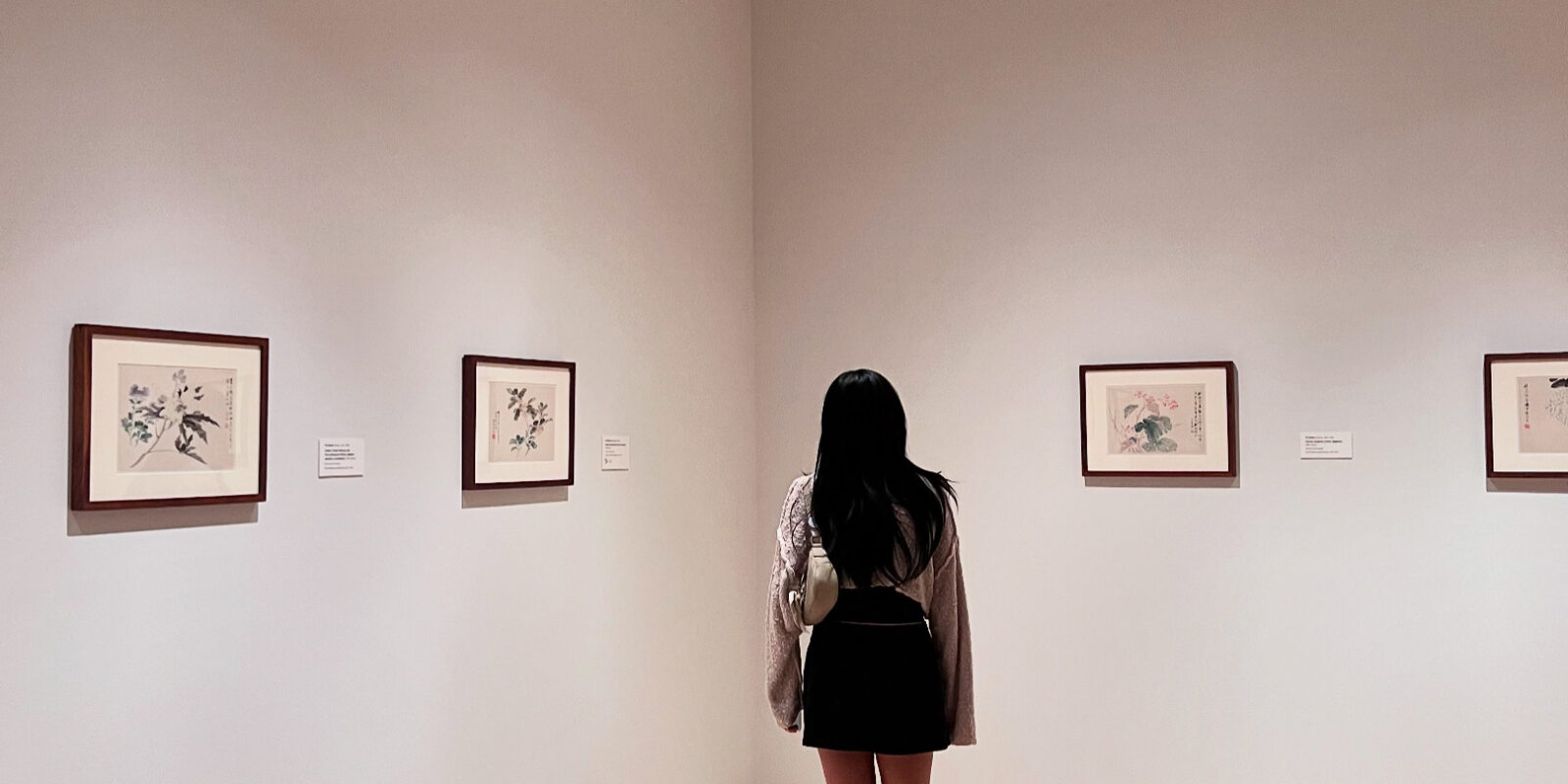 Creative rest occurs when you stop and appreciate the beauty in nature, art, or music. Enjoying the fruits of someone else’s or a higher power’s labour. Spending time in, on, or surrounded by water, like with the blue mind theory, or taking a nature hike, allows you to take a breath and become enamoured with your surroundings, especially when we already spend so much of our days staring at screens.
Creative rest occurs when you stop and appreciate the beauty in nature, art, or music. Enjoying the fruits of someone else’s or a higher power’s labour. Spending time in, on, or surrounded by water, like with the blue mind theory, or taking a nature hike, allows you to take a breath and become enamoured with your surroundings, especially when we already spend so much of our days staring at screens.
You can also enjoy creative rest by attending the theatre, a concert, a museum, or an art gallery. Creating art yourself isn’t considered rest since you’re actively working on something. Creative rest is absorbing the creative work of others or of natural spaces.
Forms of Creative Rest-
- Enjoy nature
- Blue Mind Theory
- Art gallery
- Theatre
- Concert
Final Thoughts-
While we’ve typically equated sleep with rest, there are 7 types of rest in total that you should aim to incorporate in your life to feel fully rested. According to Dr. Saundra Dalton-Smith, the 7 types of rest include physical, mental, sensory, social, emotional, spiritual, and creative. Rest isn’t always passive; it can include activities like walking or yoga, or going out to enjoy a music or art show. One might be low on one type of rest, you you may need to begin to incorporate all 7 types of rest into your daily routine. Do a rest audit and note in which areas you are low or could improve in. Hopefully, these ideas have inspired you to pursue rest so that your batteries are full and you can give more to yourself, your loved ones and the community around you.

